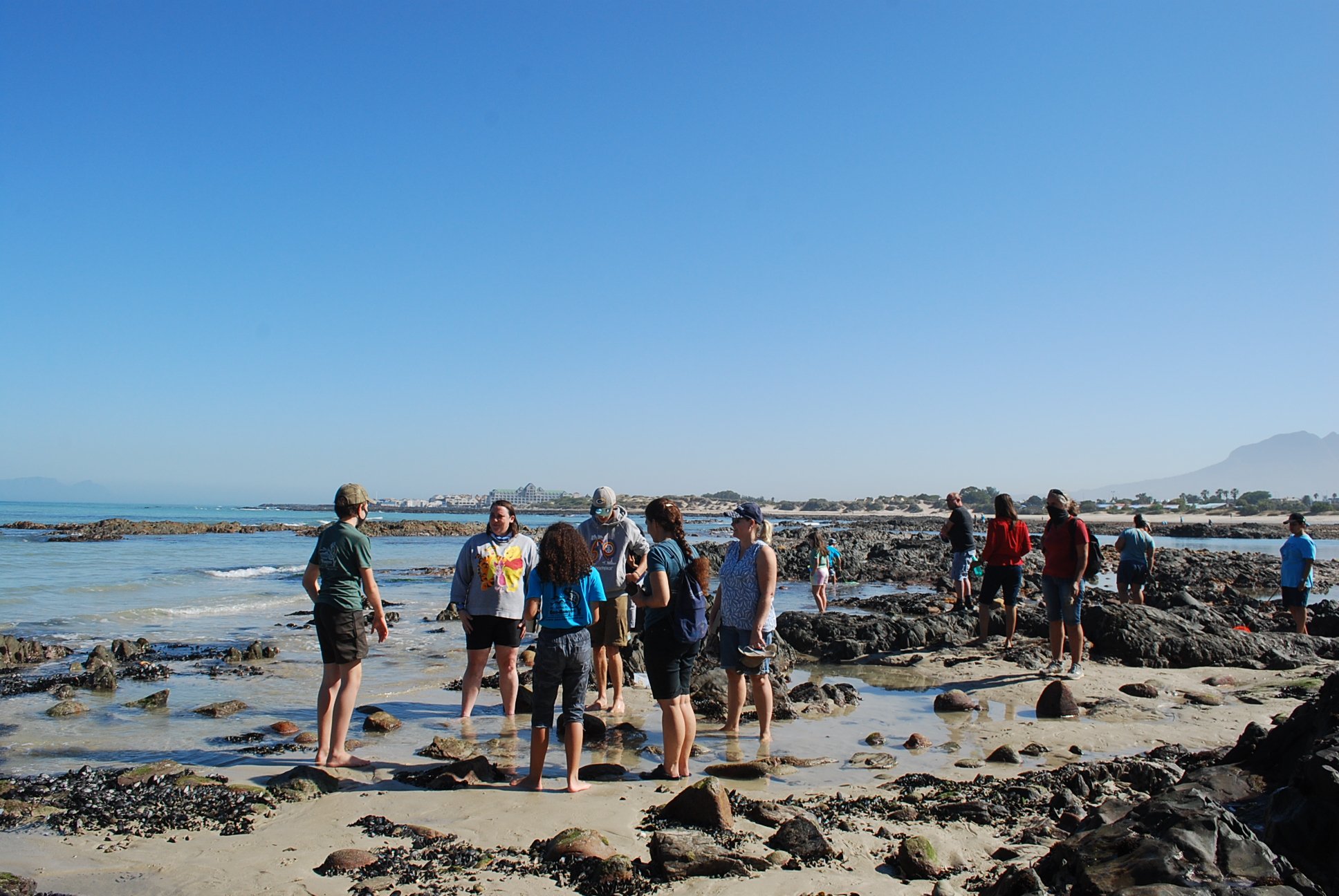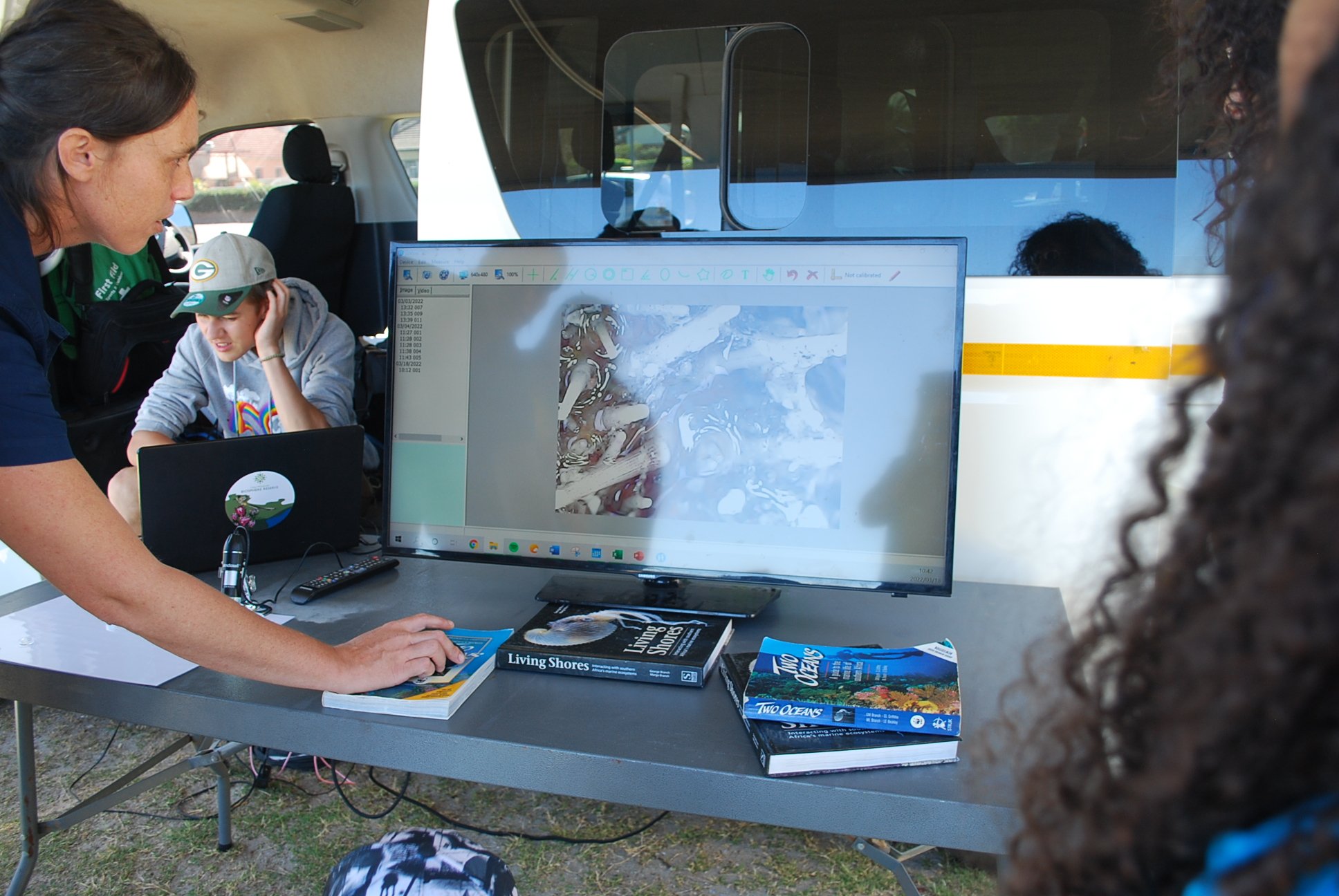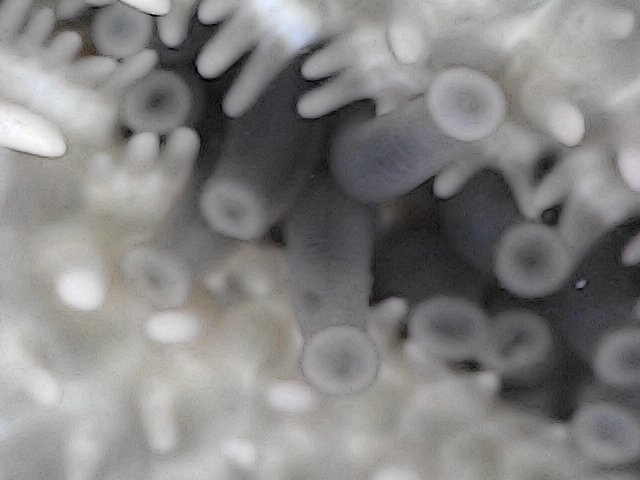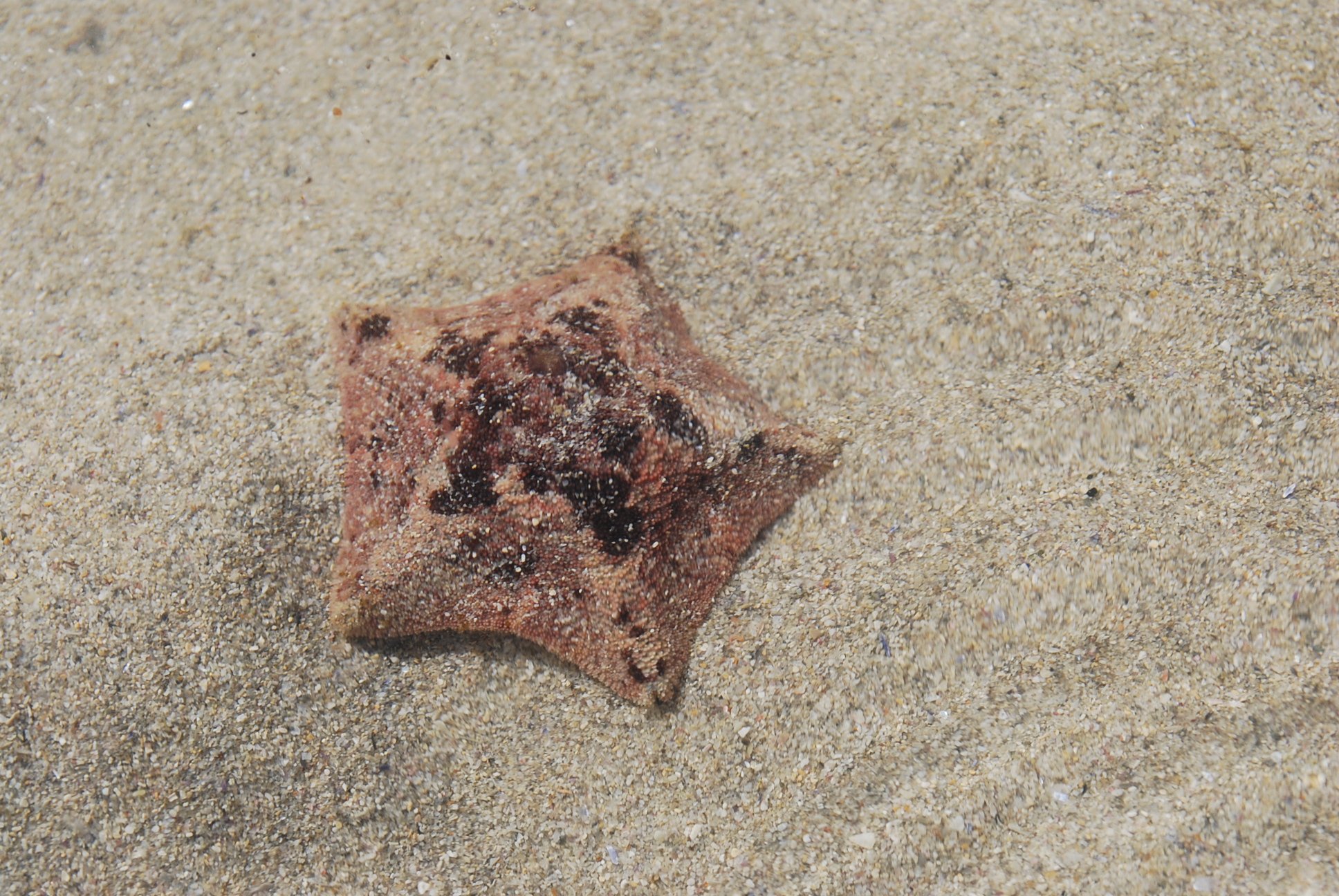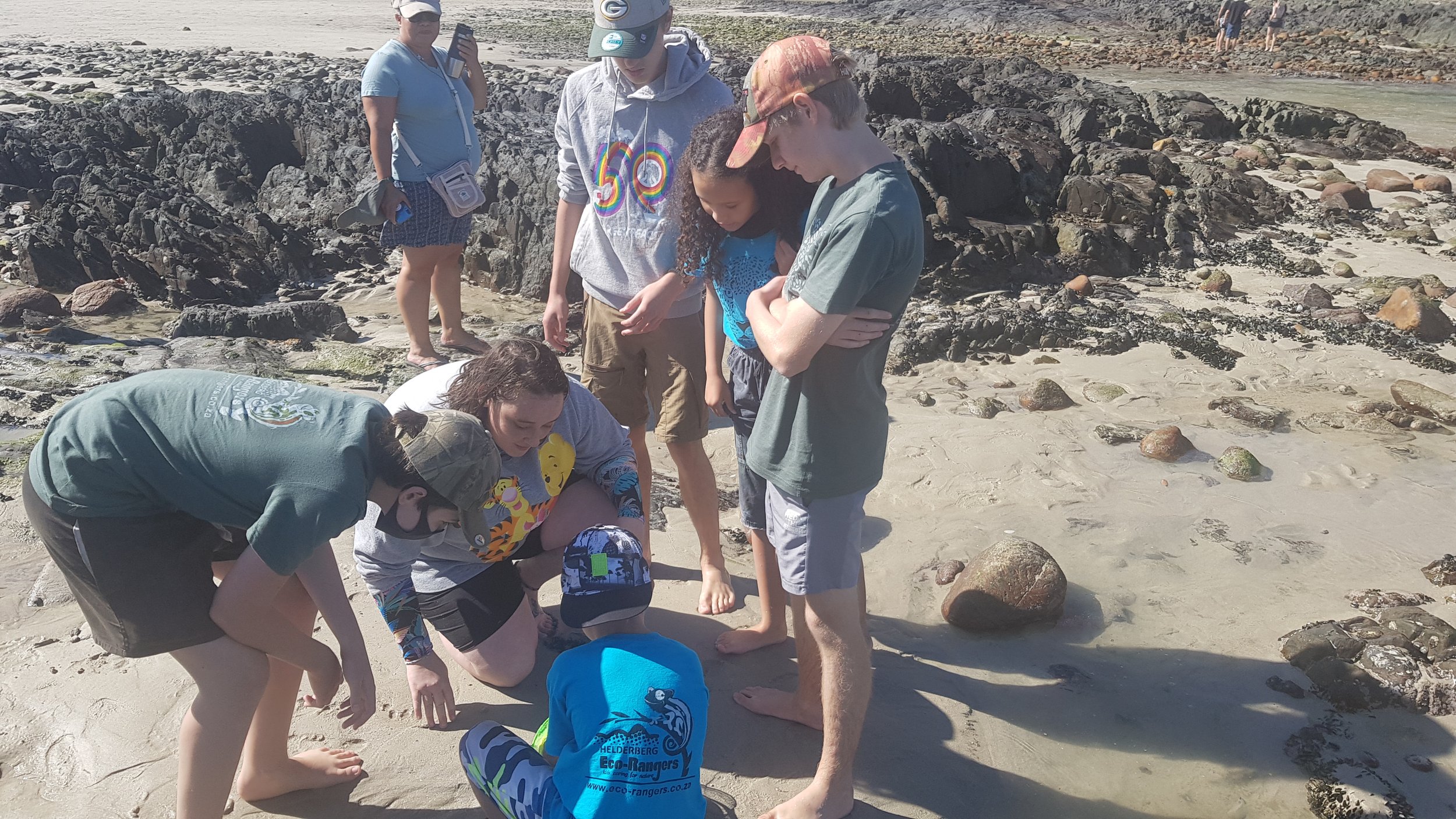Environmental education from source to ocean
Much of the Cape Winelands Biosphere Reserve (CWBR) environmental outings take place at the source of a river and in the mountains, in and around the Cape Winelands. Through collaboration and meaningful partnerships, groups are also taken to the ocean for rocky and sandy shore environmental education.
Dr Melissa Boonzaaier-Davids, the newest CWBR board member, has received a National Geographic Society Early Career Grant to perform research on the marine invertebrate communities of the rocky shores of South Africa’s understudied coastal regions.
As part of this research project, the CWBR team will facilitate Marine Science Engagement outings at some of the rocky shore sampling sites, in particular where the hand collections will take place. Because of its accessibility, visiting groups can see the marine biology team collecting specimens and in doing so, may also learn about different sampling methods in the field. In addition, visits to the Iziko South African Museum (who are also a partner in the project) will be facilitated for the groups. The youth will learn about the research done at Iziko Museums, have a guided tour of the museum and explore the exhibitions.
The first marine outing took place on Friday last week, alongside Melissa and her team who were completing their first week of sampling in Gordons Bay. The Helderberg Eco Rangers Club, based in Helderberg, joined for the morning to explore the rocky shores, learning hands-on about the biodiversity and life that resides there. A local marine scientist joined the CWBR team and facilitated the educational component.
The group was briefly introduced to the research project led by Melissa, where she explained who her team is made up of and the marine sciences work done at the museum. The group was treated to a preview of an Edubite on the use of Scanning Electron Microscopy in natural history collections within Iziko Museums.
The children and CWBR facilitators were excited to see the marine life exceptionally up-close, using a handheld digital microscope with a 1000x magnification. The latest addition to our mobile educational unit STEAM-Y. The microscope can be connected to cellphones, iPads, computers, and used to take videos or photos while on hikes.
To find out more about the NatGeo Grant, read UWC Alumna Receives National Geographic Society Grant To Study Marine Life Of South Africa’s Coastline
And stay posted for an article by Melissa sharing about the research!


